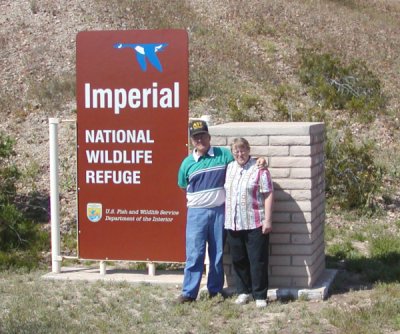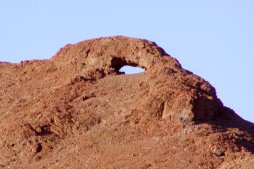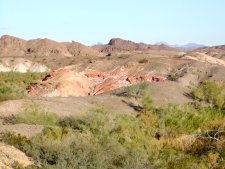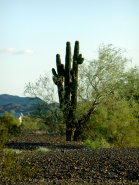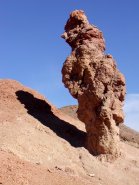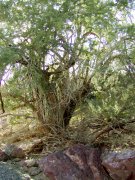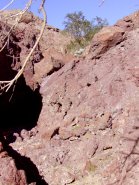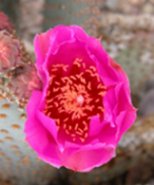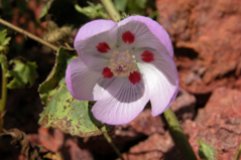Yuma, Arizona
We have now set up housekeeping for the winter in the volunteer village at Imperial National Wildlife Refuge, the southern most refuge of the Lower Colorado Refuge System, There are four refuges on the lower river from Lake Havasu to the Mexico border. They are here to save what little is left of the riparian habitat that once lined the river, and to reestablish areas to replace those long gone. For the coming months, we will be involved in that effort!
Imperial provides a very nice RV park for the volunteers with the best amenities of any place we have been previously. There are no trees of consequence in the RV park, but since winter is the time that they have volunteers and sun is the major winter attraction, that really is not a problem. There is a building with a laundry, kitchen and restroom with showers just for the use of the volunteer staff members. There are six sites for volunteers and an extra one for the use of our visitors who also own an RV. All of this is located in the employee residence area, where most employees live. The visitor center is just a short walk from our sites.
The refuge is a place of many contrasts. The terrain ranges from wetlands along the Colorado River, to rocky desert uplands. Like all national wildlife refuges, the first concern of management is the wildlife and for wildlife, their habitat. But this refuge also has a very visitor friendly education program with a hiking trail, scenic overlooks, guided hikes and tours. They also make presentations to the public in schools, RV parks and at service clubs, throughout the area..
Work-camping: Our four months at this refuge were some of the best of our volunteer experience. Pam worked in the visitor center, helped in the office and did some maintenance work. Kirk built picnic tables and some maintenance work, but mostly he did shows about the refuge at local RV parks and lead guided hikes on the desert. At times he also helped in the visitor center. The staff of Imperial are as helpful and friendly as any staff that we have yet encountered. We would strongly recommend this location to other volunteers. Each RV site has both 30A & 50A power and all utilities. The Volunteer Village also has a building containing two washers and dryers and a shower room and full kitchen. A motor-pool of three vehicles is kept there for use by the volunteers when working or showing visitors around the refuge. Internet is available in the visitor center and there is even a computer there for use by the volunteers. It is located about 1 block distance from the RV park. There are six RV sites here plus one extra for visitors use. Cell phone service is poor but usable for Cingular but requires an amplifier or repeater for Verison. There is a phone for use by the volunteers. Contact Sue Mc Donald at the refuge if you have any interest.


